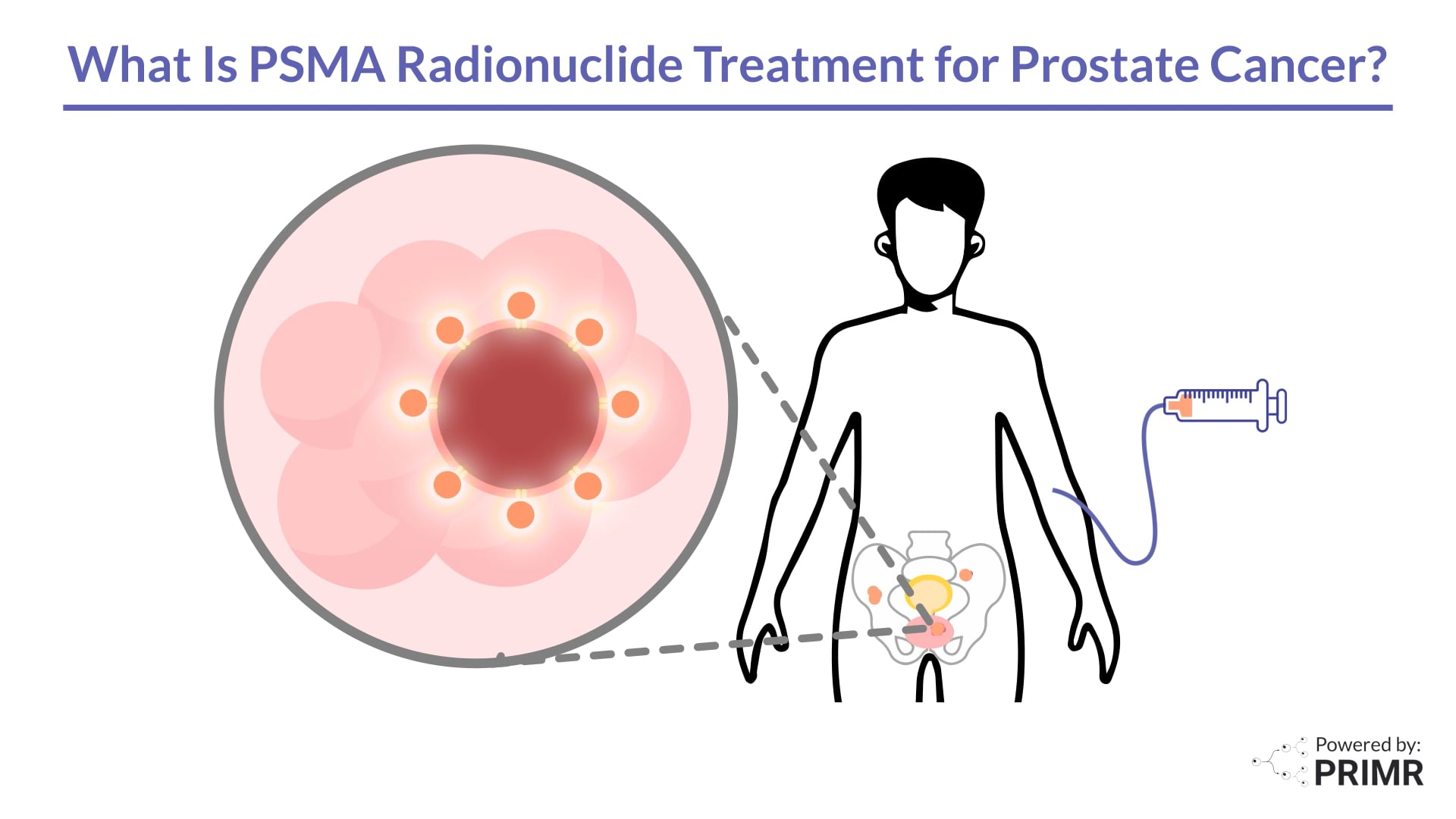Prostate Radiation Gel Spacer
This is an overview of rectal gel spacer placement to reduce radiation injury for treatment of prostate cancer. We also review the risks of the procedure.
Read the full video transcript below:
This video is an overview of the use of gel spacers to protect the rectum from injury and radiation for prostate cancer.
The rectum, shown in brown here, sits right behind the prostate, shown in red. When radiation, shown in green, is used to treat prostate cancer, there's some overlap, shown in yellow, where the radiation goes to the rectum. This can cause an injury.
To increase the space between the prostate and the rectum, a gel can be introduced, which pushes the prostate gland forward and decreases the amount of radiation that's going to the rectum. After radiation is complete, the gel is slowly reabsorbed by your body, and the organs return to their normal anatomic location.
There are, of course, some risks to introducing gel into this space.
Some patients may experience pain at the injection site. It's possible adjacent organs can be injured by the needle, including the rectum, the bladder, or the prostate.
There can also be injuries by introducing producing gel into any of these organs, which can cause long-term damage. The procedure can result in inflammation. There have been reports of the gel being injected into blood vessels, which can cause a clot and result in significant injury. There can also be local effects on the rectum, including ulceration, bleeding, or the sensation of rectal urgency.
I'm David Grew, a board-certified radiation oncologist.
This is not medical advice. Talk to your doctor before making a medical decision.

.jpg)
.jpg)
%20Thumbnail.png)







.jpg)
.jpg)
.png)


.jpeg)











